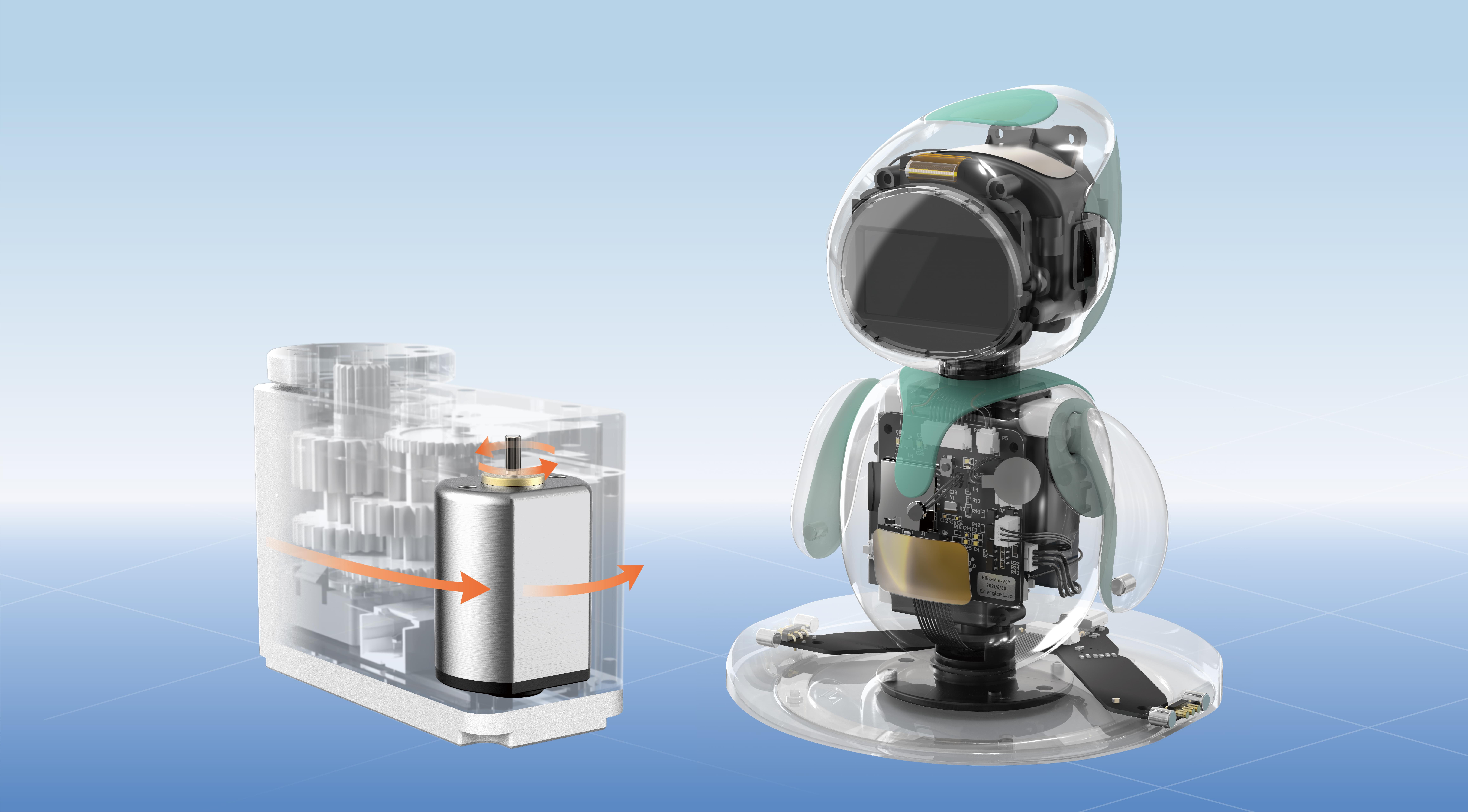Ever tried bringing your robot arm or quirky project to life? I’ve been there. Nothing beats the thrill of watching a servo motor dance to your commands, especially when it's controlled by something as straightforward as an Arduino Uno. But let’s be real—if you’re new to this, the setup can seem a bit overwhelming. Don’t worry, it’s easier than pie, and I’ll walk you through how to control that servo motor like a pro.

First off, why choose an Arduino Uno? Well, it’s a versatile little chip—affordable, easy to program, and checks all the boxes for DIY projects. Connecting a servo motor is like plugging in a straight line between your idea and reality. No need for fancy equipment; just a few jumper wires and some code, and boom—you’re on your way.
Start by connecting the servo’s power and ground to the Arduino—power to the 5V pin and ground to the GND pin. The real magic happens on the control wire. This wire links to a digital pin on the Arduino; commonly, pin 9 or 10 is used, but you’re free to experiment with other pins. When you write your code, you'll tell the Arduino which pin to send signals from and what angles to turn the servo to.
Speaking of code, it’s surprisingly simple. The key component is the Servo library. It’s like having a remote control for your servo motor, making everything more intuitive. You start by including the library, then creating a ‘Servo’ object, attaching that object to your control pin, and using commands like write() to set angles.
Here's a quick mental image: Imagine rotating a dial from 0 to 180 degrees; that’s roughly what write() does. Want your motor to sweep back and forth? Just loop that command. It’s as straightforward as setting a volume on your stereo—except you’re controlling a physical object.
You might wonder, “Can I make it move smoothly?” Absolutely. Smooth movement involves small incremental steps over short delays. By adjusting the delay times and using functions like map(), you can create seamless transitions or precise movements for your robotic hand or camera gimbal. That’s where the fun really begins—editing your code until the motion feels just right.
Every project is a story, and messing around with your servo lets you tweak and learn actively. And if you’re wondering how to troubleshoot, a quick flick of the power supply—making sure it’s stable—can solve many headaches. Sometimes, the servo jitters because the power sketch isn’t quite right. Other times, it’s just that the code needs a little finesse.
It’s tempting to go all-in with complicated setups, but mastering the basics makes expanding later way more fun. Want to add multiple servos? Easy—just declare them separately and assign different pins. Running into unexpected movements? Double-check your wiring and the power source. Sometimes, the tiniest detail can throw everything off.
If you’re curious about integrating sensors or making your servo respond to real-world inputs, that’s where the real magic happens. Use potentiometers for manual control, or attach infrared sensors—whatever gets your robot closer to your vision. The Arduino ecosystem is like a sandbox; the more you play, the better it gets.
In the end, controlling a servo with an Arduino Uno isn’t just about making things move. It’s about taking your ideas from sketchpad to reality with confidence. Your projects can turn into jaw-dropping automation, art installations, or just a fun weekend experiment. The tools are simple, but the possibilities are endless. Dive in, experiment, and watch your creations come alive.
Established in 2005, Kpower has been dedicated to a professional compact motion unit manufacturer, headquartered in Dongguan, Guangdong Province, China. Leveraging innovations in modular drive technology, Kpower integrates high-performance motors, precision reducers, and multi-protocol control systems to provide efficient and customized smart drive system solutions. Kpower has delivered professional drive system solutions to over 500 enterprise clients globally with products covering various fields such as Smart Home Systems, Automatic Electronics, Robotics, Precision Agriculture, Drones, and Industrial Automation.




































